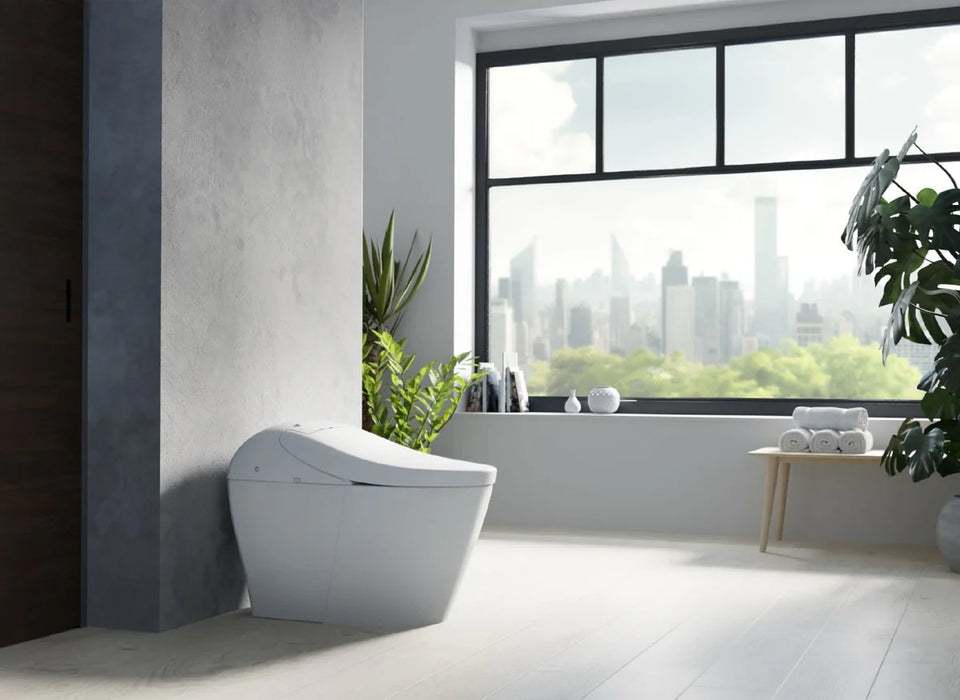In the quest for more efficient and hygienic bathroom solutions, stain resistant toilet coatings have emerged as a revolutionary advancement. These coatings are designed to minimize the adherence of stains and bacteria on toilet surfaces, thus enhancing cleanliness and reducing the frequency of cleaning. As Industry QA professionals, understanding the benefits, applications, and technological advancements of these coatings can provide valuable insights into their potential impact on the industry.
The introduction of stain resistant toilet coatings is part of a broader trend towards innovative and sustainable bathroom technologies. This trend is not only about improving hygiene but also about reducing water usage, a critical concern in today's environmentally conscious world. For more on how modern technologies are changing bathroom experiences, you can explore Water-Saving Toilet Technologies.

What Makes Stain Resistant Toilet Coatings Special?
The magic behind these coatings lies in their ability to repel water and other substances, creating a barrier that prevents stains from setting in. This hydrophobic property is often achieved through the application of advanced materials like nano-coatings, which are both durable and effective. These coatings not only keep toilets cleaner for longer periods but also make them easier to clean when necessary.
Furthermore, the application of such coatings is not limited to residential bathrooms. They have significant applications in commercial and public restrooms where high traffic demands more efficient cleaning solutions. By reducing the buildup of grime and bacteria, these coatings contribute to a healthier environment in places like hotels, airports, and schools.
Benefits of Implementing Stain Resistant Coatings
One of the primary benefits of adopting stain resistant toilet coatings is the reduced maintenance costs. Less frequent cleaning means less money spent on cleaning supplies and labor. Additionally, the longevity of the toilets themselves can be extended as the coatings protect against wear and tear caused by harsh cleaning chemicals.
Moreover, these coatings are pivotal in promoting sustainability. By decreasing the need for chemical cleaners, they help in reducing the release of harmful substances into the environment. This aligns with the global push towards more sustainable practices in all industries. For a broader perspective on eco-friendly bathroom innovations, check out Environmental Impact of Bidets.
Technological Innovations and Future Prospects
The field of stain resistant toilet coatings is ripe with potential for further innovations. Researchers are continually exploring new materials and methods to enhance the effectiveness and durability of these coatings. Recent advancements include the development of self-cleaning surfaces that use light to break down organic matter.
Furthermore, as smart home technology advances, integrating these coatings with other smart bathroom solutions could lead to fully automated cleaning systems. Imagine a toilet that not only resists stains but also alerts users when cleaning is required or even cleans itself autonomously. For insights into future bathroom technology, visit The Future of Toilet Technology.
Challenges and Considerations
Despite their many advantages, there are some challenges associated with the implementation of stain resistant toilet coatings. One of the main concerns is the initial cost of applying these coatings, which can be higher than traditional methods. However, the long-term savings on maintenance and cleaning often offset these upfront costs.
Another consideration is ensuring the compatibility of these coatings with existing toilet designs and materials. Not all toilets are suitable for these advanced coatings, and careful evaluation is necessary to avoid compatibility issues. For more on innovative designs that may work well with such coatings, explore Innovative Toilet Bowl Shapes.
Conclusion
In conclusion, stain resistant toilet coatings represent a significant advancement in bathroom technology. They offer a compelling combination of improved hygiene, reduced maintenance costs, and environmental benefits. As the industry continues to evolve, these coatings are likely to become a standard feature in both residential and commercial settings. By embracing these technologies, industry professionals can lead the way in promoting cleaner, more sustainable environments.

FAQ Section
What are stain resistant toilet coatings made of?
Stain resistant toilet coatings are typically made from advanced materials such as nano-coatings that provide a hydrophobic layer, preventing stains from adhering to the surface.
How long do these coatings last?
The longevity of stain resistant coatings can vary, but they are designed to last several years, depending on usage and maintenance practices.
Are these coatings safe for all types of toilets?
While many toilets can benefit from stain resistant coatings, compatibility should be assessed on a case-by-case basis to ensure the best results.
This article contains affiliate links. We may earn a commission at no extra cost to you.






